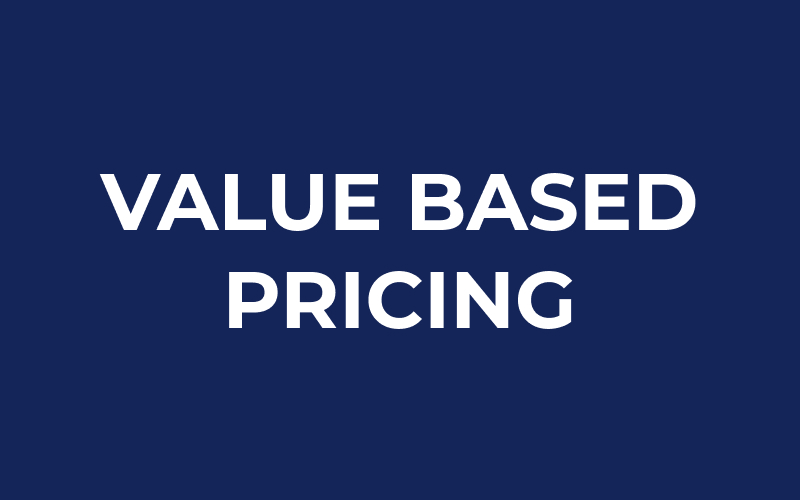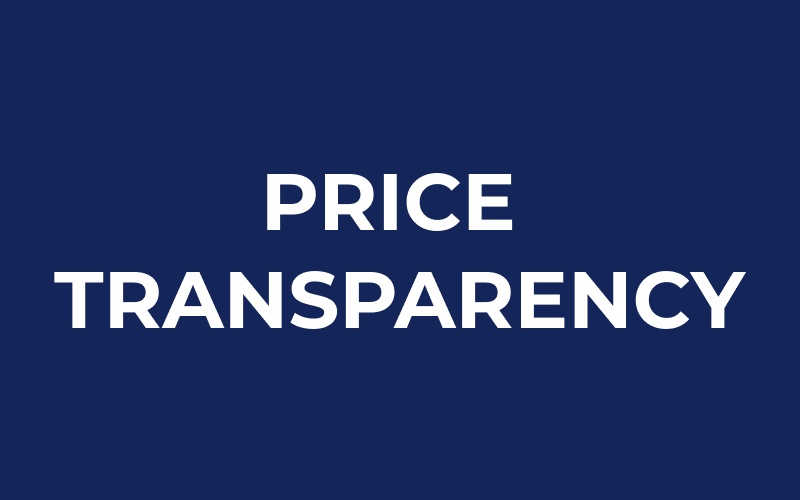Price follower

Let’s start off by classifying what a price follower is: A business or brand that closely monitors and responds to the pricing decisions made by the price leader in the market can be called a price follower. Rather than setting the benchmark price, these businesses analyze and adapt their pricing strategies to stay in line […]
Price leader

What is a Price Leader? The term refers to a company or brand that sets the benchmark or reference price for a particular product or category within the market. They are often seen as trendsetters and influential players in the industry. By strategically positioning their prices, companies in this position can shape market dynamics and […]
Value based pricing

Value based pricing is a pricing strategy that focuses on the value that a product or service provides to the customer. It’s about understanding what the customer is willing to pay for the benefits that the product or service offers. Instead of just looking at the cost of production, value-based pricing takes into account the […]
Promotional pricing

In the world of ecommerce and retail, the way a product is priced can make all the difference. One of the most common pricing strategies used by businesses is promotional pricing. This involves offering products at a reduced price for a limited time to increase sales. The strategy can be effective in generating a “hype”, […]
Psychological pricing

In the world of ecommerce and retail businesses one of the most intriguing aspects of pricing is the concept of “psychological pricing”. This involves using psychological triggers to influence customer behavior and purchasing decisions. For instance, ending the price of a product with .99 instead of a whole number is a commonly used technique in […]
Price differentiation

Pricing is a crucial aspect of any business, particularly ecommerce and retail. Why? It affects both customer acquisition and retention. One concept that has gained traction in recent times is “price differentiation.” This involves the practice of offering different prices to different segments of customers, based on factors like location, demographics, and buying behavior. […]
Price transparency

The concept of price transparency refers to the availability and accessibility of information about the prices of goods and services. In the retail and ecommerce industry, the practice has become a crucial aspect for both consumers and businesses. Impact of price transparency in ecommerce and retail pricing Consumers benefit from price transparency as it helps […]
Predatory pricing

Predatory pricing refers to a pricing strategy where a business lowers its prices significantly below the cost of production and sells its products or services, with the intention of driving competitors out of the market. This illegal practice can lead to negative impacts on both consumers and businesses in the market. Predatory pricing in ecommerce […]
Sales volume

In general sales volume refers to the total amount of goods or services sold over a certain period of time. It is a key metric in determining a business’s financial performance and growth potential. An increase in the volume indicates that a business is gaining market share, reaching new customers, or successfully promoting its products […]
Stock level

In general stock level, also known as inventory level, refers to the amount of a specific product or products that a business has on hand at a given time. It is a key metric in inventory management and helps businesses ensure they have enough stock on hand to meet customer demand without overstocking and tying […]

